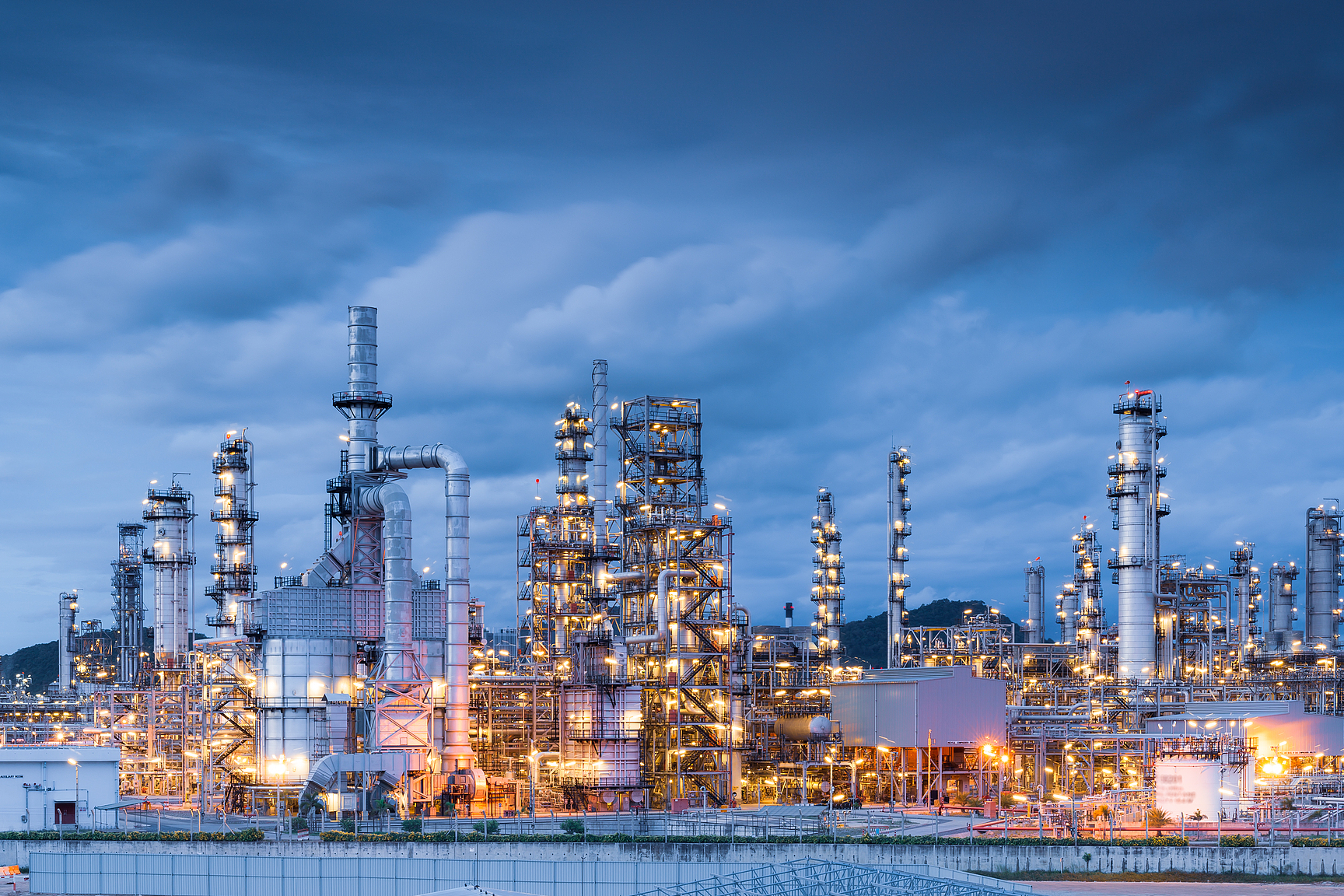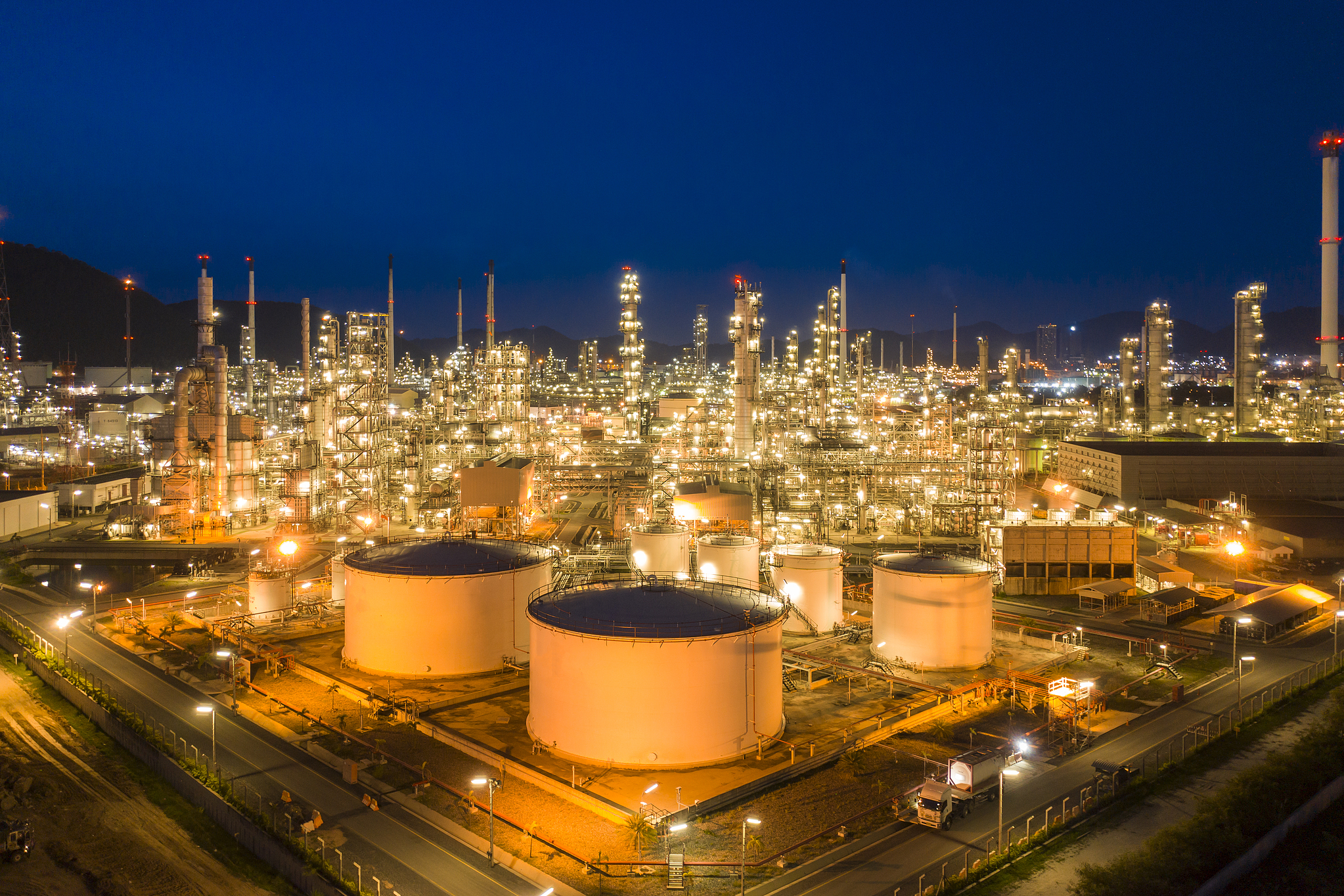











Looking at how acrylic acid and related compounds get made sustainably brings us face to face with green chemistry concepts that matter a lot in this field. Green chemistry basically has twelve guiding principles designed to cut down or completely remove dangerous materials throughout chemical product development, manufacturing, and usage stages. What makes these principles stand out? They focus heavily on cutting back on waste generation while also lowering overall energy needs something absolutely necessary when producing acrylic acid sustainably. Many companies have already seen positive results from applying these ideas in practice. Take BASF for instance they incorporated several green chemistry strategies across operations and saw waste levels drop around 30 percent each year according to some industry reports. Far from being just theory on paper, green chemistry represents real world solutions that fit nicely within broader efforts toward planet friendly industrial practices today.
For companies making acrylic acid, switching to renewable feedstocks represents a major shift in how things get done. These bio-based materials serve as greener alternatives compared to old fashioned petroleum sources. When manufacturers incorporate them into their operations, they significantly cut down on environmental impact throughout the whole production chain. Looking at the bigger picture requires something called life cycle assessments, which basically track all environmental effects from start to finish. This helps determine if these green materials actually make sense from an ecological standpoint. Take Dow Chemical for instance. They've been working on incorporating plant based ingredients into their acrylic acid manufacturing for several years now. According to their reports, this approach has led to real improvements in sustainability numbers, cutting carbon output somewhere around 15 percent since 2018. Beyond just looking good on paper, these changes help companies meet growing market expectations while still maintaining profitability.
The way we make Methyl Methacrylate (MMA) is changing for the better when it comes to both environment and efficiency. A big step forward has been creating bio-based MMA from plants instead of relying on oil, cutting down on carbon emissions that come with traditional manufacturing. We've also seen improvements in how catalysts work during production. Some companies have developed special catalysts that actually cut down on the amount of energy needed for the chemical reactions, which means fewer greenhouse gases getting released into the atmosphere. The numbers look good too these days, with some reports showing energy savings around 30% over older methods. As manufacturers keep experimenting with these new approaches, we're seeing real progress toward cleaner ways of producing this important material.
Manufacturers working with polyvinyl alcohol and acrylamide derivatives are gradually moving away from traditional production methods toward more planet friendly approaches. Many companies now employ techniques like biocatalysis where enzymes help create polymers, and green polymerization processes that cut down on waste products. Take polyvinyl alcohol itself it's becoming popular in compostable packaging materials because consumers want alternatives to plastic that won't sit around forever. The push for greener versions extends beyond just packaging too. Farmers and textile makers are showing interest as well. Some industry reports suggest that sales of eco friendly polyvinyl alcohol could grow at around 6% per year going forward. While this might sound optimistic, it does reflect something real many businesses are starting to realize sustainability isn't just good for the environment anymore it makes business sense too.
The special chemistry of pentaerythritol makes it an important ingredient in green product formulas, especially when creating sustainable stuff like paints and glues. What stands out about this compound is how stable it stays at high temperatures and forms tight molecular structures, which helps make products last longer while hurting the environment less. Many manufacturers rely on pentaerythritol in water-based coatings because these cut down on those harmful VOCs we all hear so much about. Research into this material has found it doesn't hurt living things as much as alternatives and works well across different environmental conditions. Some tests even suggest adding pentaerythritol to formulas can boost their green score by around 40 percent. For companies trying to look better on sustainability reports, switching to pentaerythritol based products offers a smart way forward without sacrificing quality.
Low VOC coatings play a big role in making manufacturing processes greener within the circular economy framework. By cutting down on those harmful volatile organic compounds, these coatings help protect both the environment and workers' health in factories. We're seeing more and more businesses move towards these eco friendly alternatives as green initiatives become business priorities rather than just buzzwords. The market data tells us something interesting too consumer demand for greener products is definitely on the rise. Industry analysts predict around 5.5 percent yearly growth for low VOC coatings through the coming decade. Some forward thinking companies have jumped on board early and reaped rewards. Take AkzoNobel for example their low VOC paint range not only slashed carbon emissions but also boosted customer satisfaction ratings and kept loyal clients coming back for more.
We're seeing bio-based polymers gain ground in both fabric production and superabsorbent products lately. Made from things like corn starch or sugarcane instead of oil, these materials present a greener option for manufacturers looking to cut down on fossil fuel dependence. Research shows that producing them generally takes less energy and creates fewer carbon emissions than traditional methods. For fabrics, companies report better wear resistance and softer feel against skin. Superabsorbents made this way tend to work just as well but break down naturally after disposal rather than sitting in landfills forever. Most analysts predict demand will keep rising fast over coming years because consumers increasingly care about sustainability. Some estimate annual growth rates around 8.2%, though actual numbers might vary depending on raw material costs and regulatory changes. Still, the overall trend points clearly toward greater adoption of these eco-friendly alternatives across multiple industries.
Regulations around the world are pushing the acrylic acid industry toward greener manufacturing methods. Governments want companies to take better care of the environment, so they're forcing manufacturers to find cleaner ways to produce their goods. Take the EPA in the United States for example. They've got strict rules about how much VOCs can be released during production. This has forced many companies to come up with new formulas that contain fewer harmful chemicals. The pressure from regulators means businesses aren't just following rules anymore—they're actually changing how they operate. Some are spending big bucks on new equipment while others completely overhaul their production lines. Big names in the business like Dow Chemical and BASF Germany have started making more products from plant-based materials rather than traditional petrochemical sources. These changes aren't happening overnight but the trend is clear: sustainability isn't optional anymore in this sector.
Looking at how these regulations affect manufacturers shows there's definitely a movement toward innovation and sustainable practices. Meeting compliance standards means putting money into green tech, sure, but it also opens doors for businesses wanting to stand out with their environmentally friendly approaches. Some real world examples show companies that adapted successfully managed to stay compliant while actually improving their position in the market. What experts are predicting makes sense too the rules are getting tighter around sustainability metrics, which pushes industries to develop better technology and makes going green part of what defines successful manufacturing operations nowadays.
The push toward carbon neutral manufacturing has become really important for making chemicals sustainably these days. Basically what this means is companies need to balance out their carbon emissions through various reduction efforts or offset programs so that overall they end up with no net carbon output. For chemical manufacturers trying to cut down on their environmental footprint without losing ground to competitors, this approach makes a lot of sense. Take Mitsubishi Chemical Corp as one example they've been working on some pretty cool carbon capture and storage tech recently, which other players in the sector are watching closely as something worth emulating.
Achieving carbon neutrality requires implementing various approaches and technological solutions across different sectors. Many forward-thinking businesses are looking at options like switching to solar and wind power, upgrading to more efficient manufacturing techniques, and experimenting with carbon capture systems as ways to cut emissions. There's real value in going green both from a money-saving perspective and for the environment itself. Companies tend to see cost savings over time when they cut down on energy waste and stay ahead of government regulations. Plus, these changes actually make a difference in fighting climate change and protecting our shared environment. Industry reports show that firms making these transitions typically slash their carbon output by substantial amounts. With environmental problems getting worse every year, it's becoming clear that more organizations need to jump on board with these kinds of sustainability initiatives if we want any hope of maintaining viable production methods in the future.
 Hot News
Hot News2025-07-25
2025-06-16
2025-04-07
2025-04-07
2025-04-07
2025-12-03

